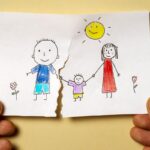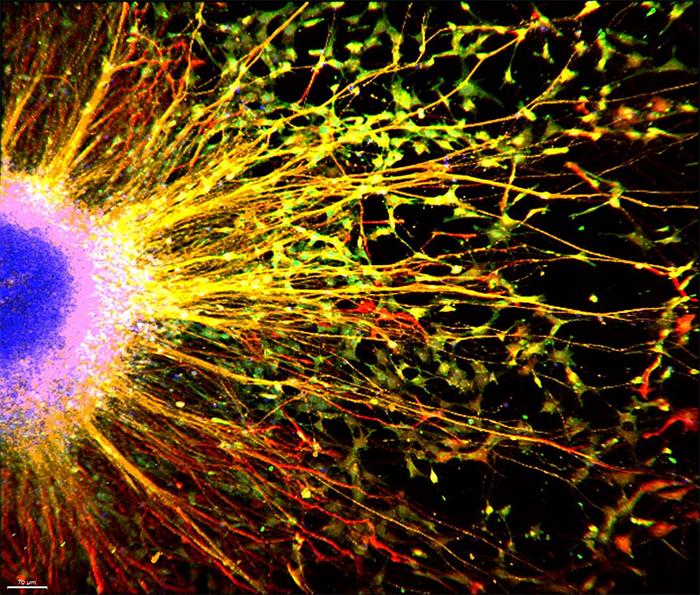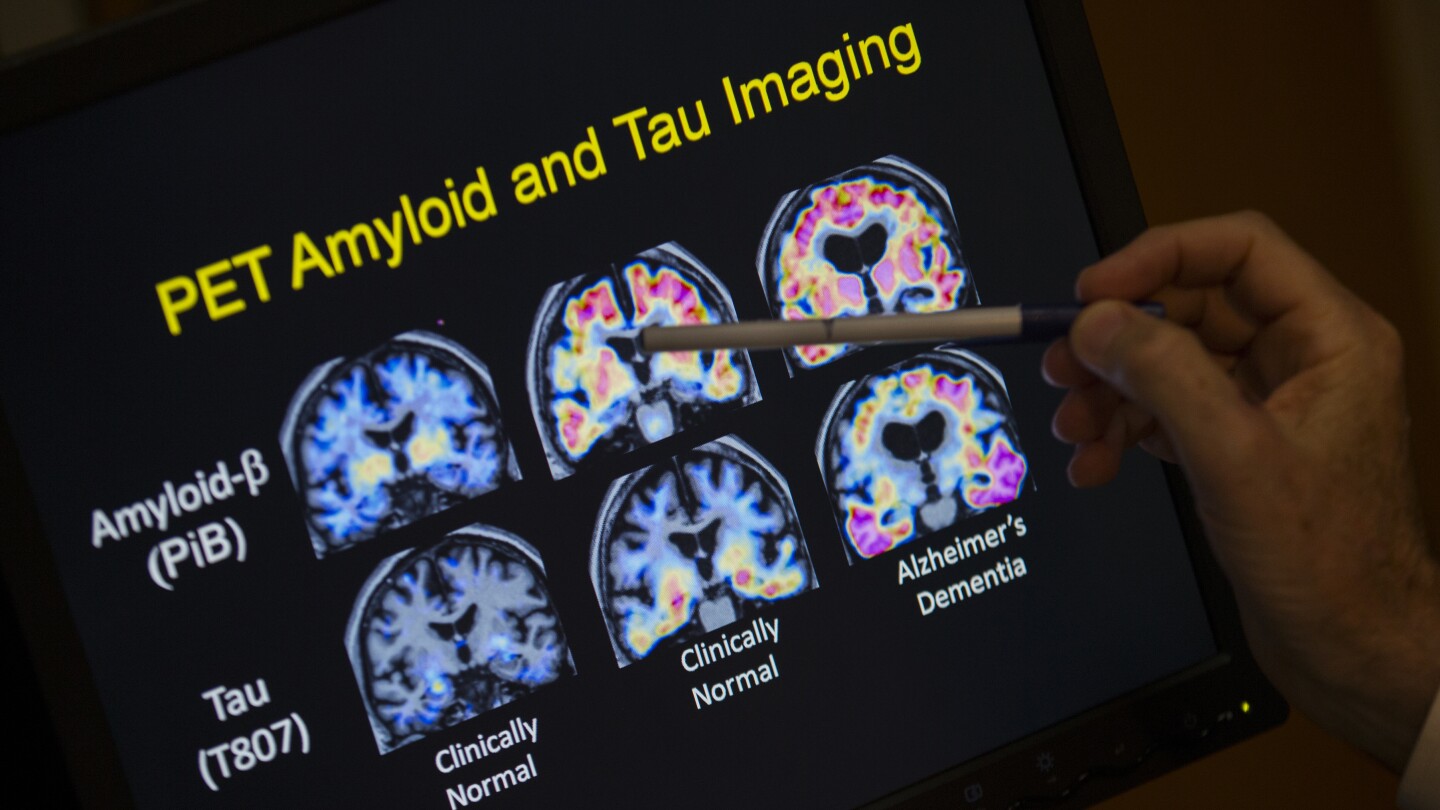Researchers have found that a severe form of physical or emotional stress that causes a condition colloquially known as “broken heart syndrome” results in more deaths among men than in women, according to a new study from the Journal of the American Heart Association.
The study released on Wednesday stated that the condition, scientifically referred to as Takotsubo cardiomyopathy, caused double the number of deaths in men than in women, at 11.2% versus 5.5%.
“Takotsubo cardiomyopathy is a reversible left ventricle dysfunction and is triggered by emotional stress, predominantly in women, or physical stress, predominantly in men,” the study read. “This condition is known to be associated with sex and race disparities and can lead to significant in‐hospital mortality and morbidity.“
The condition occurs when part of the heart enlarges and does not pump well, the American Heart Association said in a statement. It is thought to be a reaction to a surge in stress hormones caused by emotional or physical stress, like the death of a loved one or a divorce, leading to severe, short-term heart failure. Symptoms like chest pains and shortness of breath could make broken heart syndrome be misdiagnosed as a heart attack.
Authors of the study looked at data from about 200,000 U.S. adults who were hospitalized with broken heart syndrome between 2016 and 2020. During this timeframe, the highest number of people who died from the condition were over 61 years old. Those between the ages of 46 and 60 also saw two to three times more deaths.
“This sudden rise could be due to a combination of increased stress levels, hormonal variations and the onset of cardiovascular risk factors along with undertreatment for hypertension and hyperlipidemia, alcohol use and smoking,” the study read.
“Men may be more at risk for dying and having bad outcomes because they’re less susceptible to begin with,” Dr. Ilan Wittstein, a cardiologist at Johns Hopkins Medicine, who did not author the study, told NBC News. “So it takes a more dangerous trigger to precipitate the syndrome.”
The condition causes death among white people the most, accounting for 0.16% of the population, followed by Native Americans at 0.13%, according to the study. Black people had the lowest number of deaths, at 0.07%.
People with broken heart syndrome also typically had higher household incomes, and higher among patients on Medicare at 0.18%.
“The continued high death rate is alarming, suggesting that more research be done for better treatment and finding new therapeutic approaches to this condition,” study author Dr. Mohammad Movahed, cardiologist at the University of Arizona’s Sarver Heart Center, said in a statement.
To prevent deaths caused by broken heart syndrome, physicians need to review coronary angiograms with no significant coronary disease with the typical appearance of left ventricular motion, Movahed said.
“These patients should be monitored for serious complications and treated promptly,” he continued. “Some complications, such as embolic stroke, may be preventable with an early initiation of anti-clotting medications in patients with a substantially weakened heart muscle or with an irregular heart rhythm called atrial fibrillation that increases the risk of stroke.”
The study was limited by data collected from hospital codes, which could contain errors or overcount the number of patients hospitalized more than once or transferred to another hospital, the statement read. More research, according to Movahed, “is needed about the management of patients with Takotsubo cardiomyopathy and the reason behind differences in death rates between men and women.”









